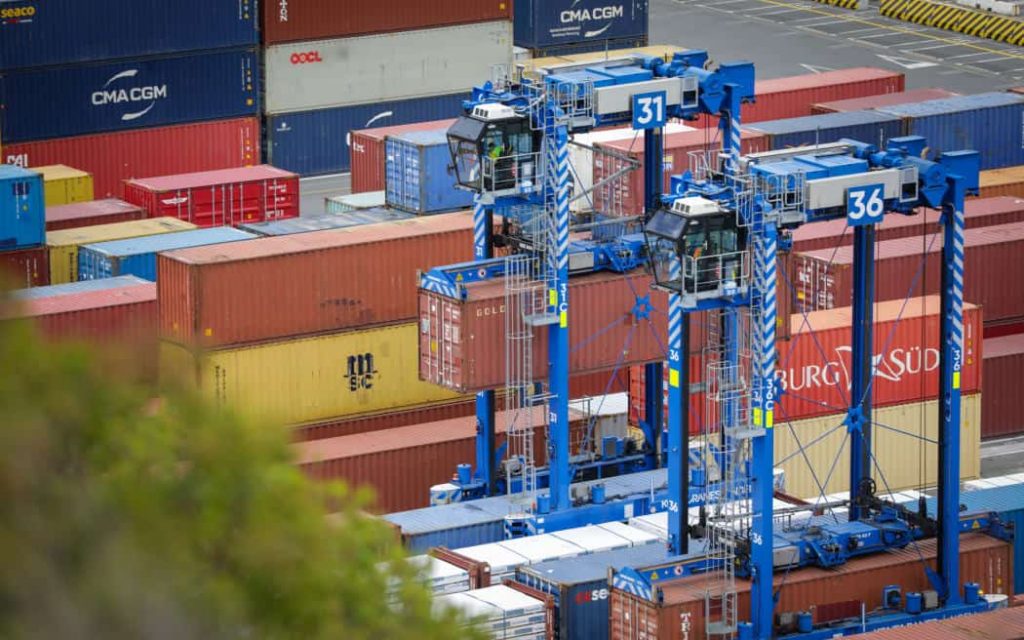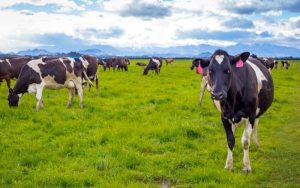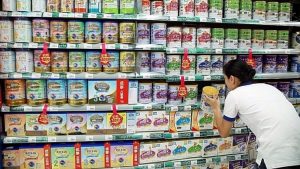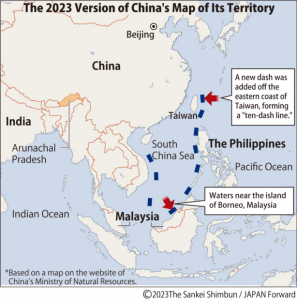
New Zealand’s trading power has proved more resilient than expected, figures from the June quarter show, but an economist is warning the worst may be yet to come amid waning demand for exports.
Stats NZ data showed the ‘terms of trade’, a measure of how much imports can be bought for a set amount of export earnings, bucked expectations by rising 0.4 percent in the June quarter, after easing 1.5 percent in the first three months of the year.
Export volumes were up 6.8 percent, but declining demand for dairy and meat saw prices fall 0.6 percent.
Import volumes moved in the opposite direction, with a 2.8 percent drop, while overall prices fell on the back of declining petrol prices.
Two-way trade rose 4.9 percent to $51.8 billion for June 2022.
However ANZ agri economist Susan Kilsby said that data did not capture the slumping global dairy prices, which had fallen 16 percent since May.
“Dairy prices at the Global Dairy Trade auction have been in freefall in recent weeks,” Kilsby said.
“There remains a risk that this weakness is indicative of softness in the prices of the other export commodities we export predominantly to China.”
Kilsby said the impact of weak export prices would have flow on effects throughout the economy.
“Weak export prices will result in a sizeable income hit for farmers that will reduce spending in rural communities and subsequently demand throughout New Zealand,” she said.
“If the exchange rate weakens further it could provide a meaningful offset, but there’s no free lunch: this would flow into higher import prices.”
Ahead of this week’s global dairy auction, Kilsby said the market appeared to have stabilised somewhat, after the average price fell 7.4 percent last month.
A 10.9 percent fall in the price of whole milk powder largely led the decline, prompting Fonterra to cut its forecast milk price for the second time in as many weeks.
“We did see the GDP pulse, which they trade a very small volume of whole milk powder on, that stabilised in the last week and we have seen a little bit of an uptick in some of the futures prices,” Kilsby said.
“So it feels that we shouldn’t get the big falls that we’ve had previously.
“But it’s sort of anyone’s game. The global dairy prices don’t always follow market expectations, and it certainly is the big test of buyers in the physical market.”
Dairy prices were now so low, Kilsby said, that it was cheaper for many countries to import product rather than produce it domestically, which should put a floor on prices long-term.

























